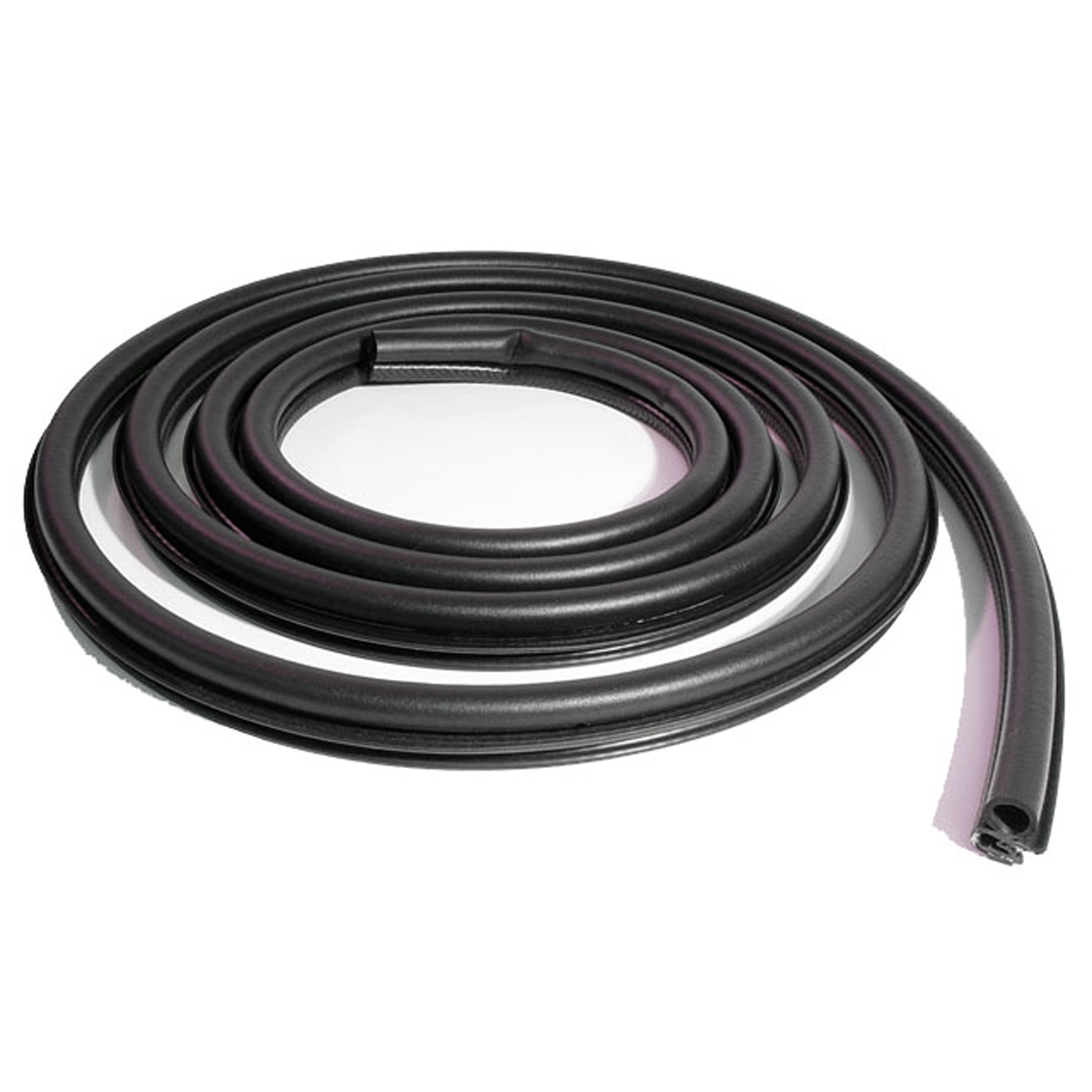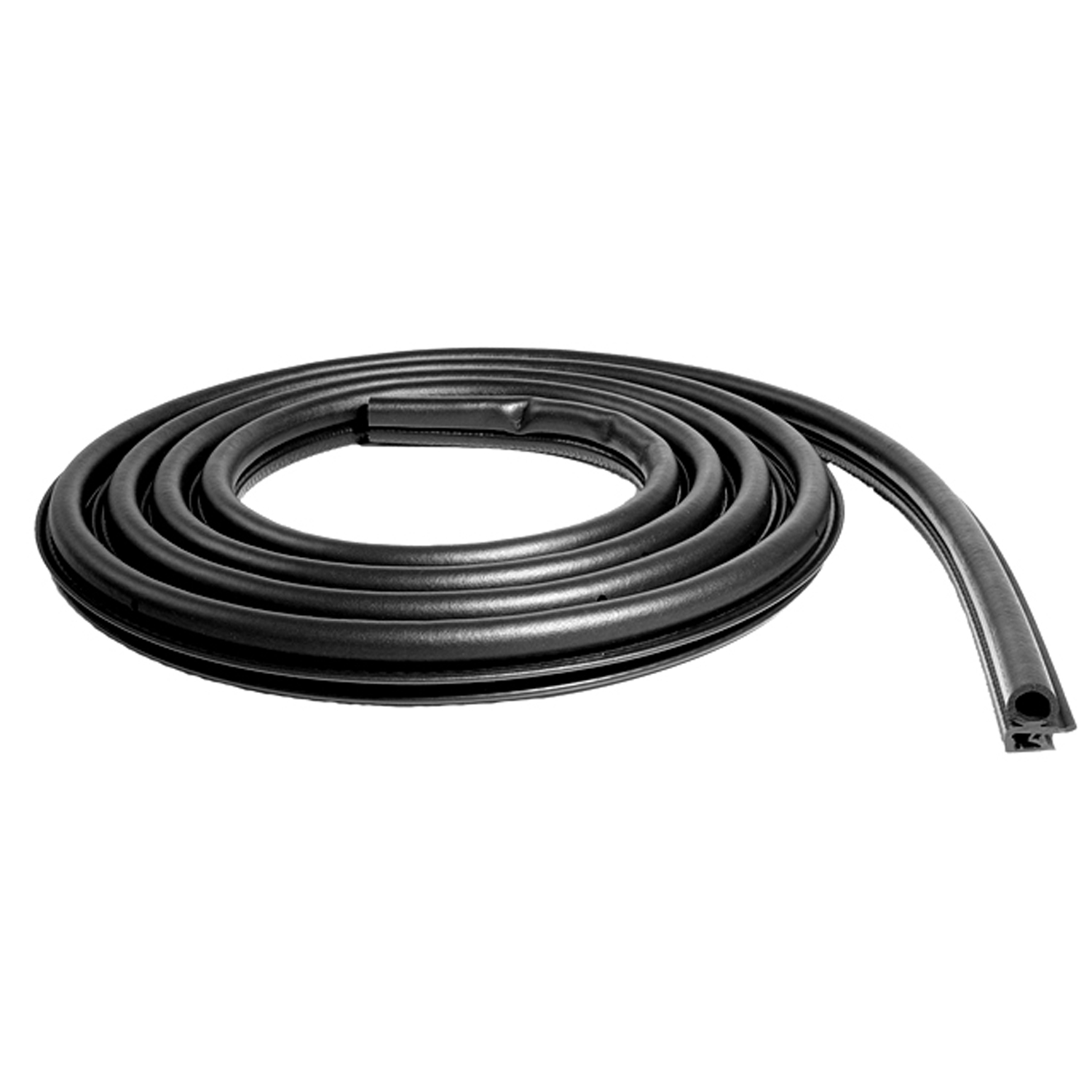Image of 1991 Pontiac Grand Prix, Note: These illustrations use artistic license and may differ from actual historical models.
Performance Metrics
Fundamental Metrics
Emotional Appeal
MMP Rating
| Engine Specifications | |
|---|---|
| Engine Options: | 3.1L V6, 3.4L V6 DOHC |
| Displacement Range: | 189-207 cu in. |
| Horsepower Range: | 140-210 hp |
| Torque: | 185-215 lb-ft |
| Compression Ratio: | 8.5:1 (3.1L V6), 9.5:1 (3.4L V6 DOHC) |
| Ignition System: | Electronic |
| Cooling System: | Liquid-cooled |
| Performance Specifications | |
| 0-60 Time: | 8-9 seconds |
| 1/4 Mile Time: | 16-17 seconds |
| Top Speed: | 130 mph |
| Transmission and Drive | |
| Drive Type: | FWD (Front Wheel Drive) |
| Transmission Type: | 4-speed automatic, 5-speed manual |
| Fuel and Efficiency | |
| Fuel System Type: | Fuel Injection |
| MPG: | 18 city / 27 highway |
| Dimensions and Brakes | |
| Brakes: | Front Disc / Rear Drum |
| Wheelbase: | 107.5 in. |
| Weight: | 3,100-3,300 lbs |
Note: Specifications for classic cars are given to the best of our ability, considering the limited and variant data available.
1991 Pontiac Grand Prix: A Forgotten Icon of American Innovation
The 1991 Pontiac Grand Prix stands as a testament to a transitional era in American automotive history, one that fused the end of the boxy '80s aesthetics with the burgeoning sleekness of the '90s. Born from the storied assembly lines of General Motors, this model was part of a lineage that sought to redefine what an American mid-size coupe could be. Notably, it was during this period that Pontiac aimed to inject a dose of excitement into their range, and the Grand Prix was their spearhead. A unique fact about this vehicle is its involvement in NASCAR, where it served as a pace car and also enjoyed a successful racing career.
Design and Innovation
The exterior styling of the 1991 Grand Prix was a bold departure from its predecessors. It featured more aerodynamic lines that hinted at a sportier intent, with wraparound headlights and a sloping rear window that gave it a distinctive profile. Inside, drivers were greeted with an interior that prioritized comfort and driver engagement. The quality of materials reflected the era's standards, with an ample use of plastics but also thoughtful touches like plush seating and wood trim options.
For its time, the Grand Prix boasted technological features such as anti-lock brakes and an optional heads-up display (HUD), which projected vital driving information onto the windshield. Color options ranged from classic whites and blacks to more vibrant reds and blues, with Bright Red being a particularly popular choice among enthusiasts.
The 1991 model year offered various body styles including a two-door coupe and four-door sedan, but it was the coupe version that captured hearts with its sportier stance and more dynamic design cues.
Historical Significance
The Grand Prix's impact on automotive design was subtle yet significant. It helped bridge the gap between pure functionality and driver-centric design philosophies. This model stood out for its attempt to offer performance-oriented features in an affordable package, setting a precedent for future mid-size cars that sought to blend practicality with pleasure.
Performance and Handling
Under the hood, the 1991 Grand Prix offered various engine configurations, but it was the 3.4L V6 engine option that provided the most spirited performance, achieving 0-60 mph in respectable times for its class. The top speed was not record-breaking but sufficient for exhilarating highway driving. Handling-wise, drivers noted its competence in taking on curves and managing road imperfections, attributing these characteristics to a well-tuned suspension system.
The driving experience was characterized by a balance between comfort and responsiveness. The sound of the engine provided enough auditory feedback to engage without overwhelming, while the ride quality struck a middle ground that avoided being too harsh or too soft.
Ownership Experience
The Grand Prix found its place as both a daily driver and weekend show car among enthusiasts. Its maintenance profile was typical for American cars of the time—parts were readily available and repairs could often be handled by owners with some mechanical knowledge. However, as with many vehicles from this era, some components are now considered less reliable by modern standards.
Fun Facts
A lesser-known fact about this car is that there were special editions released, such as the Richard Petty Edition to commemorate the NASCAR legend's retirement. While not known for breaking speed records, it held its own in sales figures during its heyday. Criticisms often centered around build quality issues common in American cars of this period.
Collector's Information
Today, finding a well-preserved 1991 Pontiac Grand Prix can be challenging; production numbers were substantial but not overly abundant. As for value range, these vehicles can vary significantly based on condition but generally sit in an affordable bracket for collectors—often found between $2,000 to $10,000 depending on mileage, condition, and rarity of specific trims or special editions.
The market trend for this model is relatively stable with slight appreciation for pristine examples or those with historical significance (e.g., actual pace cars or special editions). However, due to their age and relative obscurity compared to other classic cars from this era, they have yet to reach high collector status.
Conclusion
The 1991 Pontiac Grand Prix may not be at the forefront of classic car conversations today, yet it remains an important piece of American automotive history worth remembering. It encapsulates a time when manufacturers were striving to find new ways to excite drivers within practical constraints—a balancing act that continues to influence car design today.
1991 Pontiac Grand Prix Catalog of Parts
 1991 Pontiac Grand Prix Molded Door Seal. Fits either side of 2 door model. Each-LM 108Molded Door Seal. Fits either side of 2 door model. Each
1991 Pontiac Grand Prix Molded Door Seal. Fits either side of 2 door model. Each-LM 108Molded Door Seal. Fits either side of 2 door model. Each 1991 Pontiac Grand Prix Molded Door Seal for 4-Door. Fits front or rear door-LM 109Molded Door Seal for 4-Door. Fits front or rear door. Each
1991 Pontiac Grand Prix Molded Door Seal for 4-Door. Fits front or rear door-LM 109Molded Door Seal for 4-Door. Fits front or rear door. Each 1991 Pontiac Grand Prix Trunk Seal for 2-Door and 4-Door. 12'10" long. Each-TK 46-HTrunk Seal for 2-Door and 4-Door. 12'10" long. Each
1991 Pontiac Grand Prix Trunk Seal for 2-Door and 4-Door. 12'10" long. Each-TK 46-HTrunk Seal for 2-Door and 4-Door. 12'10" long. EachWhy Choose Metro?
For over 100 years, Metro Moulded Parts has been the pinnacle of quality in classic car restoration parts. Our commitment to precision and authenticity in every component ensures a perfect fit and an OEM-level appearance.
- Expert Craftsmanship & Quality: Each part is a testament to our dedication to reliability and perfection, crafted from original designs and thoroughly tested.
- Advanced Technology: We use cutting-edge techniques to create flawless, long-lasting parts that surpass others in performance.
- SuperSoft Sponge – The Ultimate Door Seal: Not only are our door seals 30% softer than competitors', but they're also guaranteed to never leak. They effectively reduce wind and road noise, enhancing your classic car's comfort and driving experience.
- Proudly American: Our parts are a product of American craftsmanship, made in the USA with a spirit of excellence and heritage.
- Unrivaled Warranty: We back our products with a 30-year industry-leading warranty, a testament to our confidence in their quality.
Join us in preserving the legacy of classic cars with parts that are crafted for perfection, not just made.

